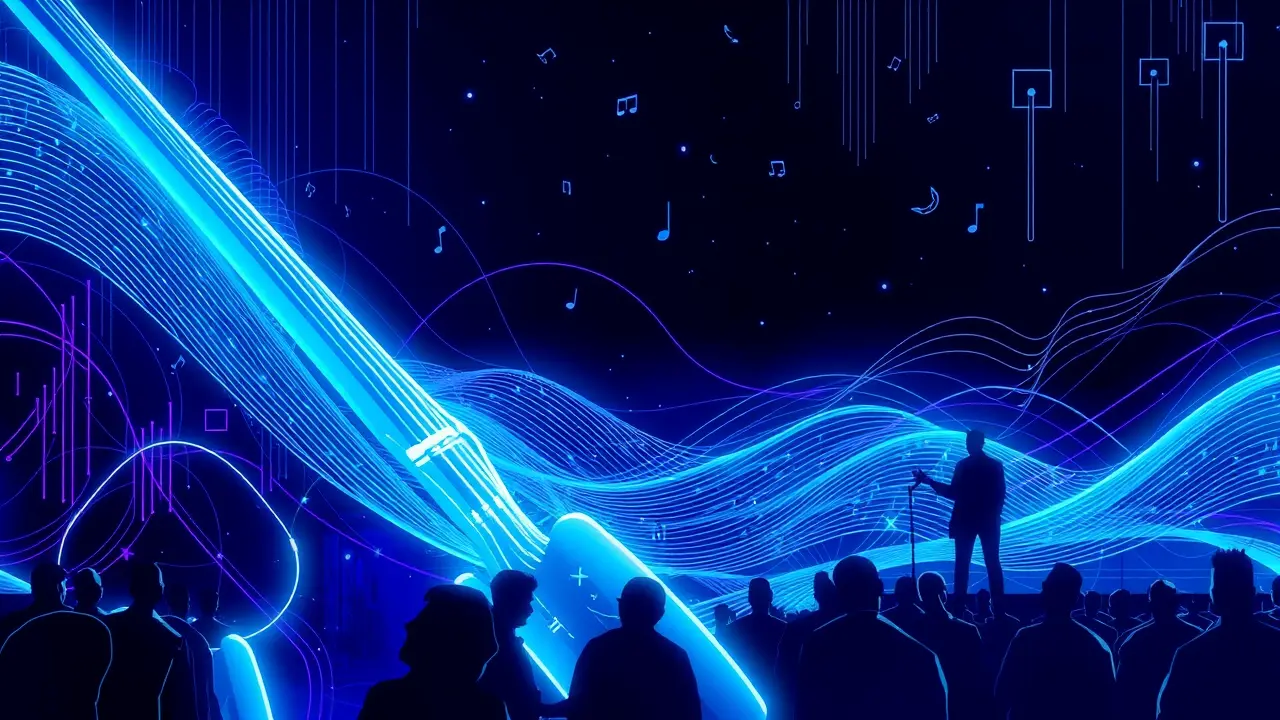
AIai safety & ethicsResponsible AI
Designer Frank Chimero on Human Relationship with AI
SO
Sophia King
4 hours ago7 min read
In a world increasingly saturated with algorithmic outputs, designer Frank Chimero offers a refreshingly tactile framework for our relationship with artificial intelligence, framing it not as a mere tool or a rival intelligence, but as an instrument. This distinction is profound, moving the conversation away from cold functionality or existential dread and into the realm of spatial harmony and creative partnership.Imagine an AI not as a black box you command, but as a cello in an orchestra—its value is realized not in isolation, but in its position relative to the musician, the room, and the music being created. Chimero’s central, resonant question—'Where do I stand in relation to the machine—above it, beside it, under it?'—is the kind of query that every creative grappling with Midjourney prompts or ChatGPT collaborations should be asking themselves in their studio.It’s about choreography. To stand above the machine is to adopt the role of a conductor, setting the grand vision, the tempo, and the emotional tone, while the AI executes the notes.This is the domain of the art director using generative AI to produce a thousand visual variations of a single concept, curating the outputs with a discerning eye. To stand beside it is a true duet, a jam session where the human provides a melody and the AI responds with an unexpected harmony, each pushing the other into unexplored creative territory.This is the UX designer using a Figma plugin that suggests layout alternatives based on a rough sketch, the partnership feeling less like command-and-control and more like a conversation with a deeply knowledgeable, instantaneous collaborator. And to stand under it is to be the student, allowing the AI’s vast training data and pattern recognition to reveal connections and possibilities that lie beyond our own cognitive horizons, much like a painter learning a new color theory from an impossibly wise mentor.This spatial metaphor liberates us from the sterile debate of 'man versus machine' and invites us into a dance. The real design challenge of this decade, then, isn't just about building better models; it's about designing the stage upon which this interaction occurs.It’s about crafting interfaces that feel less like typing commands into a terminal and more like adjusting the knobs on a vintage synthesizer, with immediate, tactile feedback. It’s about creating a workspace where the AI’s contributions are visible, malleable, and integrated into a fluid workflow, allowing for the happy accidents and intuitive leaps that are the lifeblood of art and innovation.When we think of AI as an instrument, we acknowledge that mastery is required not just from the technology, but from us. We must learn its timbre, its sensitivities, its tendencies to drift sharp or flat, and develop the skill to guide it toward beauty and meaning. The future of creative work won’t be defined by those who fear being replaced by AI, but by those who learn to play it with the grace and intention of a virtuoso, finding their perfect place in the shared space of creation.
#featured
#artificial intelligence
#design philosophy
#human-machine interaction
#Frank Chimero
#spatial relationships
#AI as instrument
Stay Informed. Act Smarter.
Get weekly highlights, major headlines, and expert insights — then put your knowledge to work in our live prediction markets.
© 2025 Outpoll Service LTD. All rights reserved.